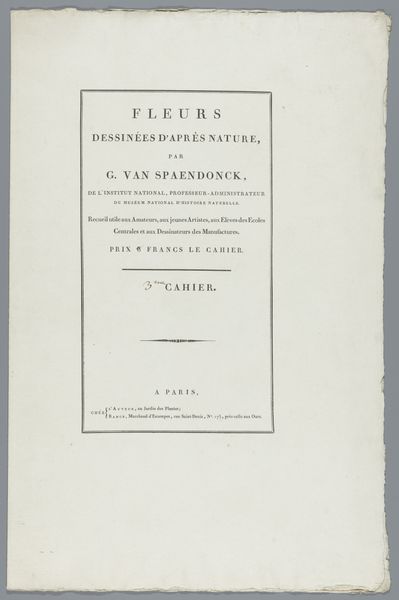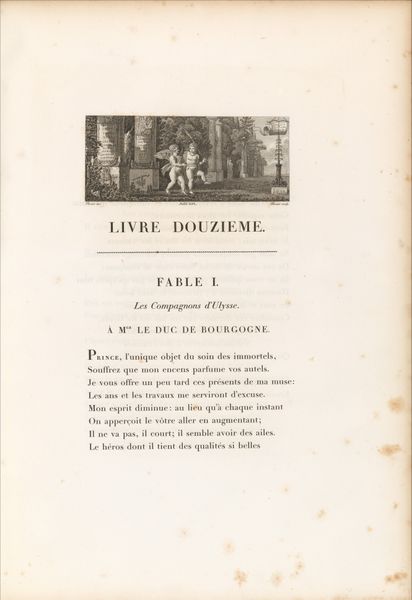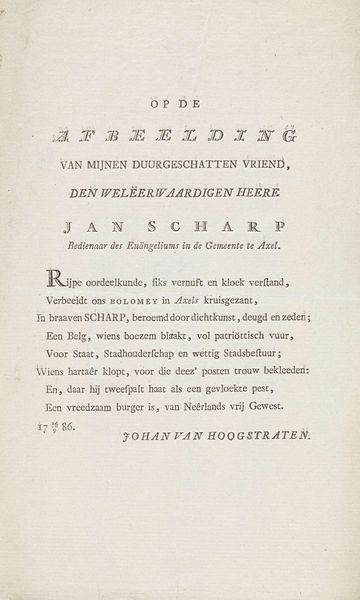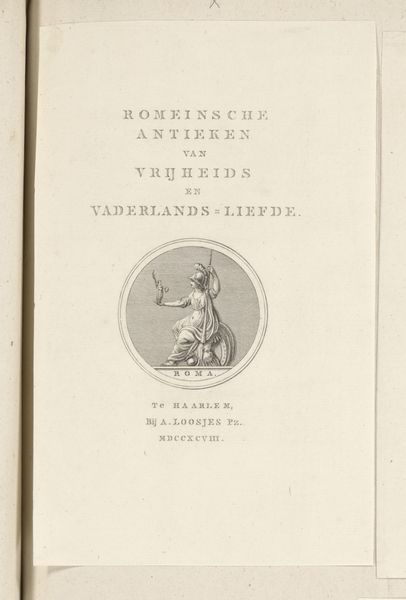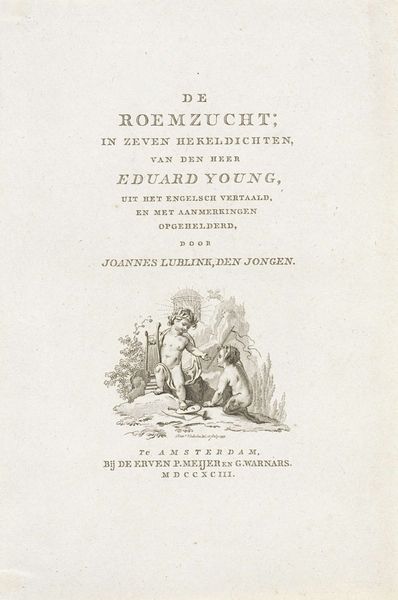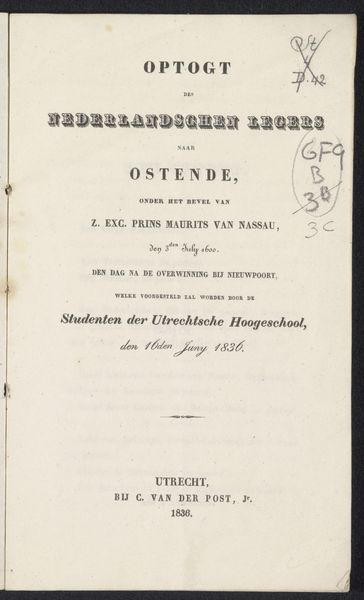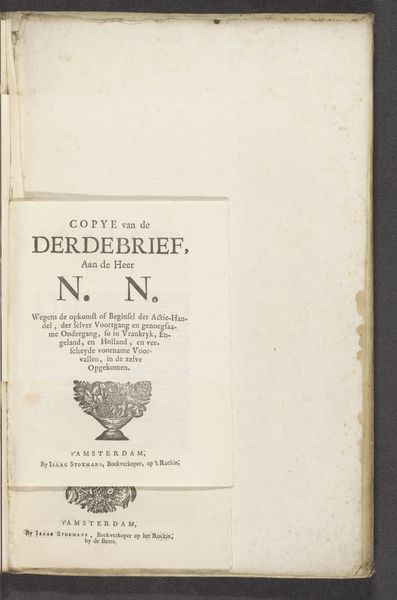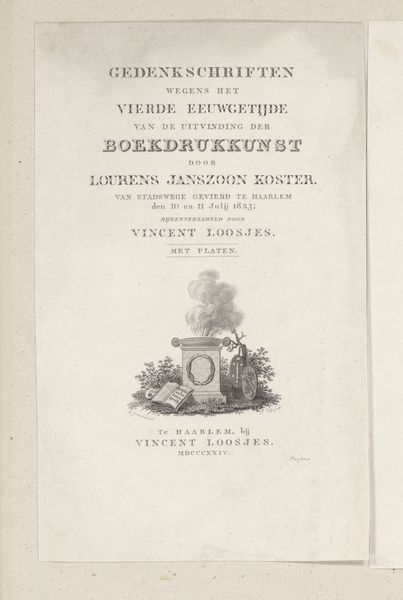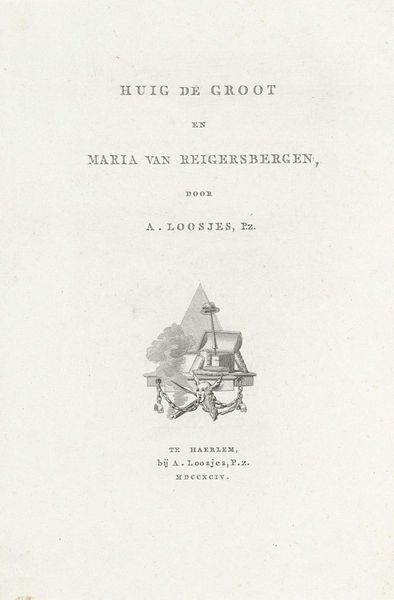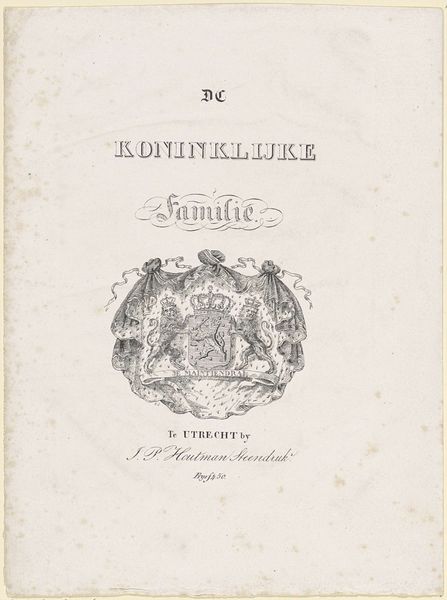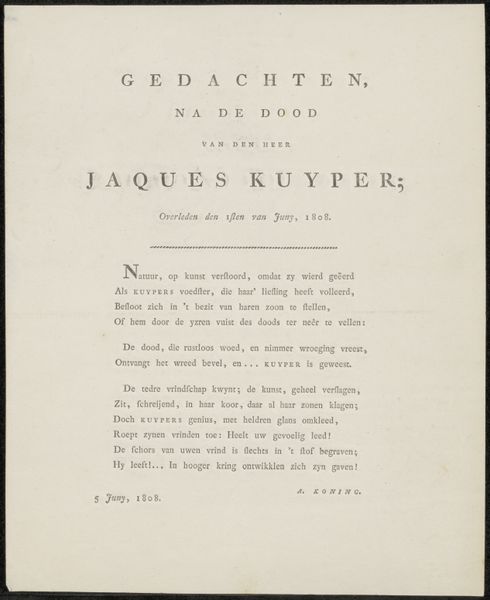
Vrouw en treurende putto bij tombe van Jean Henri van Swinden 1824
0:00
0:00
print, paper, engraving
#
allegory
# print
#
old engraving style
#
landscape
#
figuration
#
paper
#
romanticism
#
engraving
Dimensions: height 237 mm, width 138 mm
Copyright: Rijks Museum: Open Domain
This print, *Vrouw en treurende putto bij tombe van Jean Henri van Swinden*, was created by Jacob Ernst Marcus in the early 19th century. It's made through a process of etching or engraving, where lines are incised into a metal plate, inked, and then transferred to paper. The image is full of symbolism: a woman mourning at a tomb, a putto representing innocence, and scientific instruments indicating Van Swinden’s work as a mathematician. It’s a memento mori, a reminder of mortality, but it also conveys a sense of refined taste. The artistry is meticulous, demanding considerable skill and time. Prints like this were essentially a form of mechanical reproduction, made possible by the rise of industrial capitalism. They were relatively affordable, allowing a wider audience to engage with art and ideas. So this image is not just about mourning, but also about the democratization of knowledge and aesthetics. It shows how new technologies can transform culture and spread ideas in society.
Comments
No comments
Be the first to comment and join the conversation on the ultimate creative platform.

